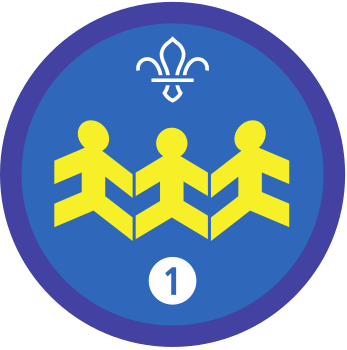
A day for everyone
You’ll need
- Access to water
- Soft balls
- Big pieces of paper
- Pens or pencils
- Event planning checklist
- The big 5 things sheet
- Equipment for games/activities
Before you begin
- Use the safety checklist to help you plan and risk assess your activity. Additional help to carry out your risk assessment, including examples.
- Make sure all young people and adults involved in the activity know how to take part safely.
- Make sure you’ll have enough adult helpers. You may need some parents and carers to help if you’re short on helpers.
Planning the event
- Gather everyone in a group.
- Explain that you're all going to work together to plan and run an activity day that shows people how a few small changes can help make society work for everyone. You could use examples to explain what sort of changes you mean, such as printing sheets with bigger text or having access to ear defenders.
- Have a chat as a group to discuss a date, time, and location for the day. You may need to choose a few dates, just in case the venue’s busy.
- It’s up to you whether you plan for one activity to run after another, or to have a few going on at once being run by different groups. If you use activities from the Scouts website, you’ll find tips in ‘Make it accessible’. The ‘Event planning checklist’ will help you think of ideas.
- In small groups, people should think about the activities everyone would like to run as part of their inclusive community day. It’s good to plan some icebreakers to help everyone feel welcome. They should also decide who’ll run each activity. Everyone should plan how they’ll make sure all of their activities are accessible. Will they set up tables so they’re accessible for wheelchair users? What about if someone doesn’t want to be blindfolded during a game?
- Come back together as a group and discuss your ideas. Use the ‘Event planning checklist’ to make sure they’ve thought of everything.
- Make sure an area of the venue is identified to turn into a ‘quiet space’ for anyone to use if they want a break from the activities. People should also plan what they’ll put in it, such as comfy seats, sensory toys or calm activities, such as colouring.
- Once the ideas have been selected, ask the groups to make a list of the equipment needed for their activities and their quiet space. How will they get hold of everything? They should think about borrowing from other groups and bringing things from home before they buy anything new.
- Have a chat with everyone about who they'd like to invite. They could stick to friends and family, or advertise the event to the whole community. They should work together to make any invitations or posters they need.
- Everyone should work together to make signs that make it clear what’s happening in each area (and where the toilets are!). The signs should use images, as well as words.
- It may be useful to have a visual timetable, too. This will help people know what to expect – but you’ll need to make sure you stick to it.
On the day
- Everyone should set up the things they need for each activity, put up their signs and prepare the quiet space. They should make sure everything’s clearly labelled, so people know what’s happening where.
- When the visitors arrive, everyone could greet them and make them feel welcome. They could start conversations, for example, by asking where people found out about the event or how their journey there was.
- You may want to start with a talk about why you're putting this event on, put leaflets out of how the local community and people can choose to be more inclusive, or tell everyone what you do to make sure everyone can join your group.
- Everyone should run the activities they’ve planned, starting with the icebreakers. They could take the time to explain how they made sure they were inclusive – what tweaks did they make? They could also ask if any of the visitors have any games they’d like to lead and make inclusive using the things they’ve learned.
- At the end of the day, the visitors should be given a way to contact the groups adult leaders, so they can stay in touch. They could even ask people what they’ve learned. Would they like to make a pledge to make a small change to be more inclusive?
After the event
- Everyone should work together to pack everything away, recycling as much as possible.
- Make sure you leave the venue as you found it, including switching off all the lights and locking it up!

This activity helps contribute towards some of the UN's Sustainable Development Goals. Find out more about the SDGs, and how Scouts across the world are getting involved.
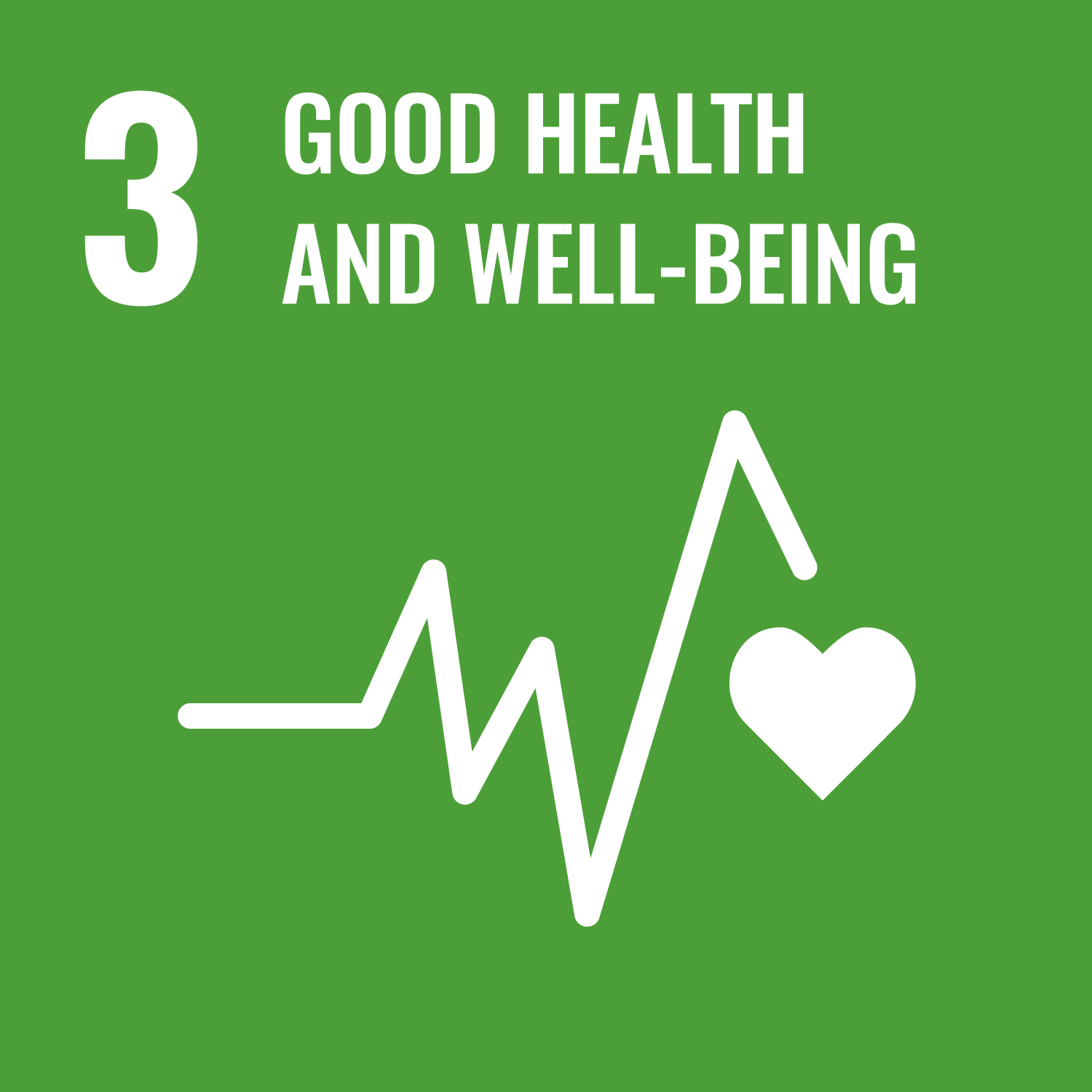
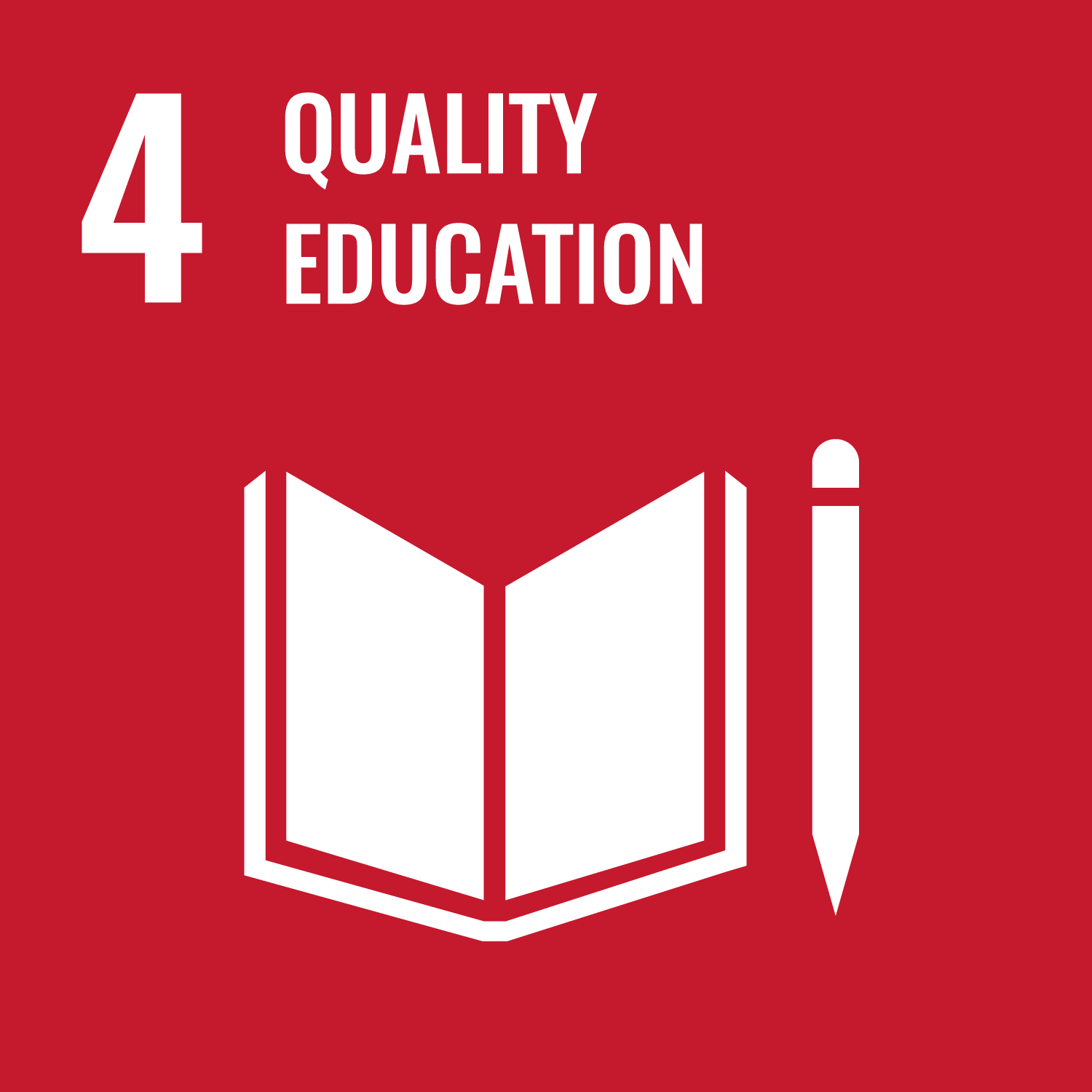
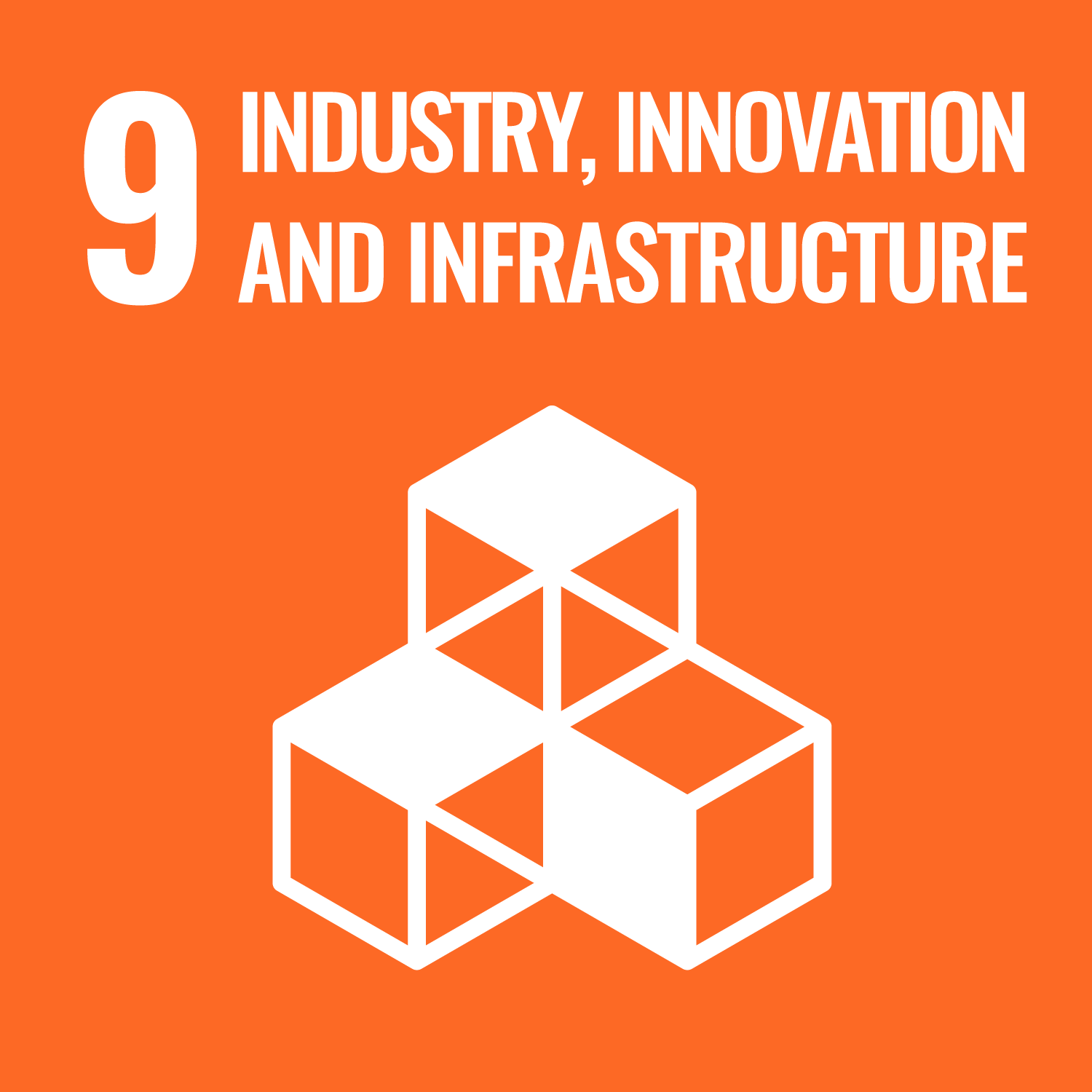
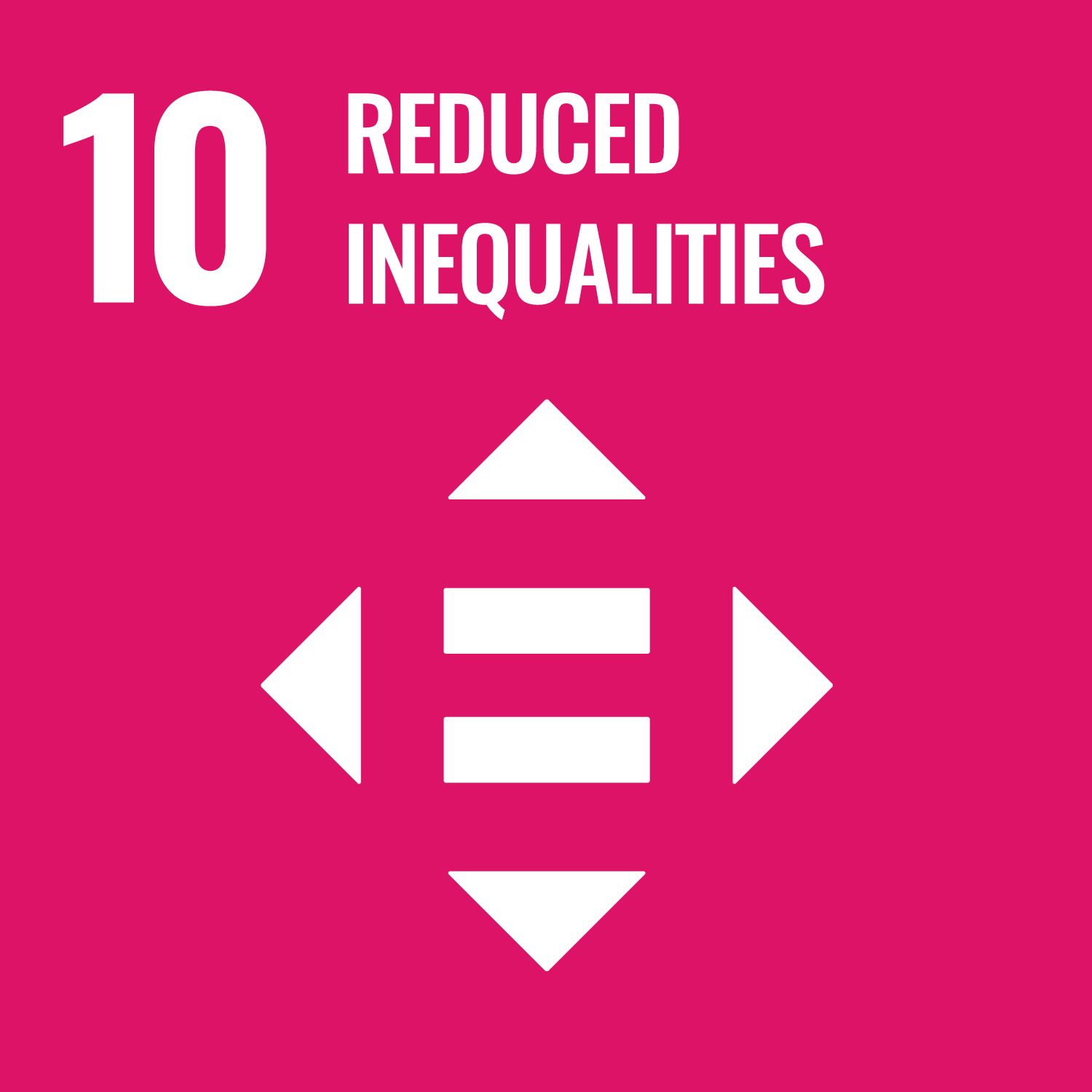
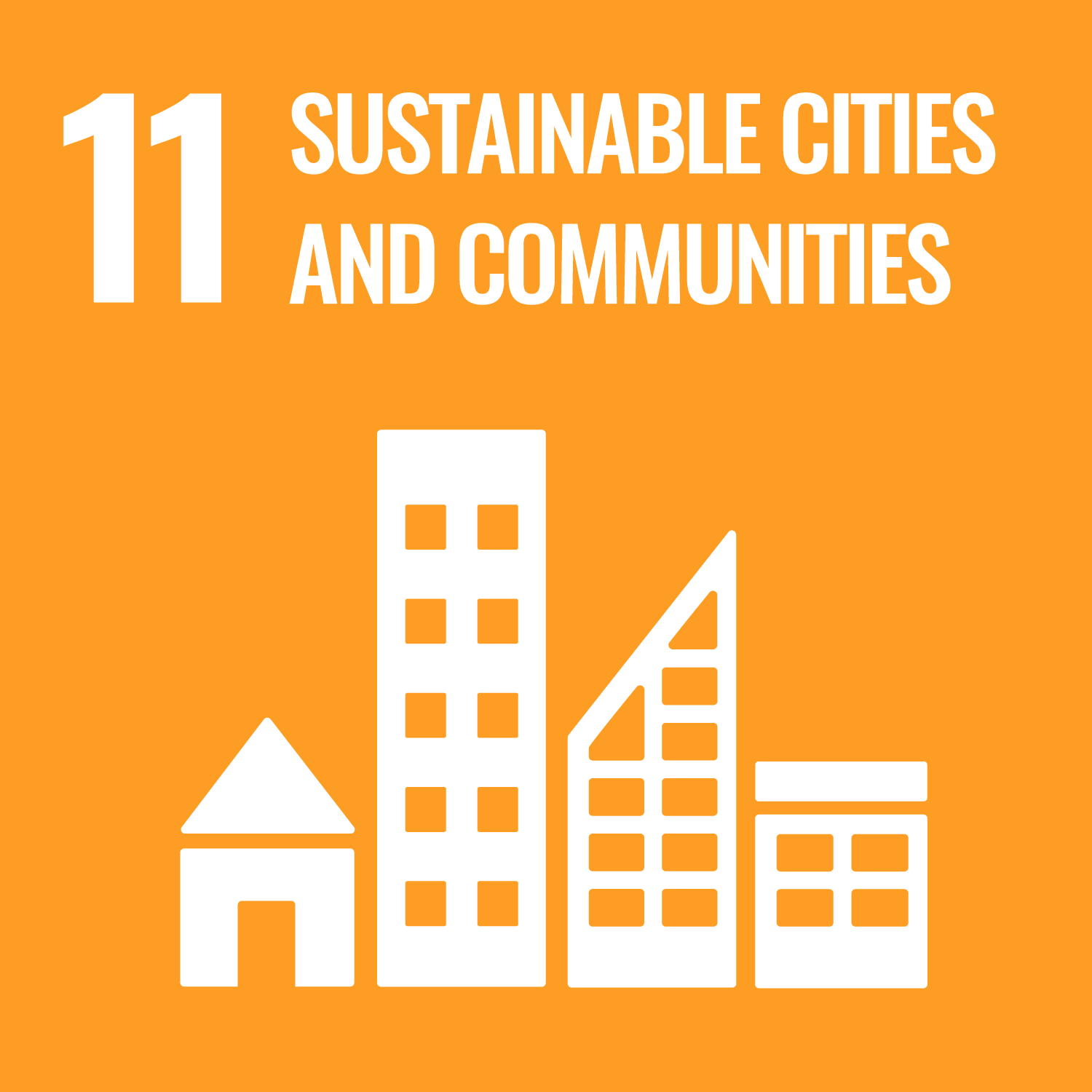
Reflection
This activity was a chance to feel more connected to others in the community. Did anyone have a conversation with someone new? Does anyone have any highlights of the day? Why is it good to build connections in a community?
This activity was also about being a citizen. Why is it important that events are accessible for everyone? Was it difficult to plan and run the day? It could be that people thought it would be a lot more difficult than it was. Would people like to do an activity like this again? What did people learn from this activity that they could take into their everyday lives?
Safety
All activities must be safely managed. You must complete a thorough risk assessment and take appropriate steps to reduce risk. Use the safety checklist to help you plan and risk assess your activity. Always get approval for the activity, and have suitable supervision and an InTouch process.
- Outdoor activities
You must have permission to use the location. Always check the weather forecast, and inform parents and carers of any change in venue.
- Hiking and walking
Follow the guidance for activities in Terrain Zero, or the guidance for each the adventurous activity.
- Road safety
Manage groups carefully when near or on roads. Consider adult supervision and additional equipment (such as lights and high visibility clothing) in your risk assessment.
It’s up to you how long your community day is. It’s easier to plan a shorter event, but a longer one helps build long-lasting relationships.
The whole point of this activity is that everything is accessible, from the space to the signs. Don’t forget to make sure your invites list all the access information, create a timetable and set up a great quiet space. If anyone taking part might find the change of routine challenging, chat with them about what to expect.
All Scout activities should be inclusive and accessible.
Why not use everything you’ve learned to plan another community day? You could continue building on the relationships you’ve started to form.
